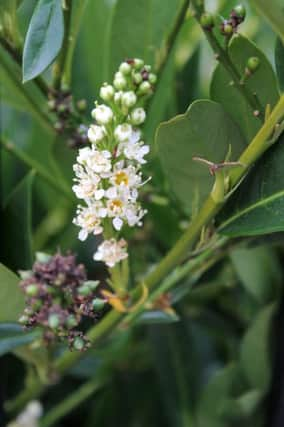Laurel and hardy


So much so that now it’s most often found half-hidden in long-established and often-overgrown gardens or fighting its way to the front of a mixed hedge. Rarely is it cultivated as a specimen shrub, which is a pity when you consider what an excellent plant it is.
Perhaps it’s because of its very tenacity and its ability to overcome all sorts of soils and situations which has led partly to its fall from grace. Because this is a shrub that can quickly become a substantial part of a garden’s architecture; given sufficient time and leeway, it can reach a height and spread of upwards of 50ft.
Advertisement
Hide AdAdvertisement
Hide AdBut if a gardener is prepared to spend some time crafting it, the result can be quite impressive. Portuguese laurel may not be the best material for topiary but it can be cut – in February, July and October – to promote new soft growth that can be shaped. OK, it’s not going to be as structural as box or yew, but it has a certain style.
And if it has been allowed to go wild, it can be cut back almost to the ground; like magic, it will rejuvenate and throw up masses of fresh growth.
Prunus lusitanica is a member of the cherry family and it came to this country from Madeira about 400 years ago. Since then, it has matured, losing some of its original roughness to become a shrub worthy of growing as a hedge or as a specimen able to show off its many attributes.
It has neatly serrated, handsome, glossy leaves and in late spring and early summer produces small, white, scented flowers, although such is the hardiness of this plant that blooms can still be visible well into late autumn and early winter.
Advertisement
Hide AdAdvertisement
Hide AdAutumn, however, is the time when red, cherry-like fruits appear which, when fully ripe, are black and much sought after by birds.
Portuguese laurel can tolerate most soils – even slightly alkaline ones – but it thrives best in those that are moist but well-drained and where it can make the most of any sun.